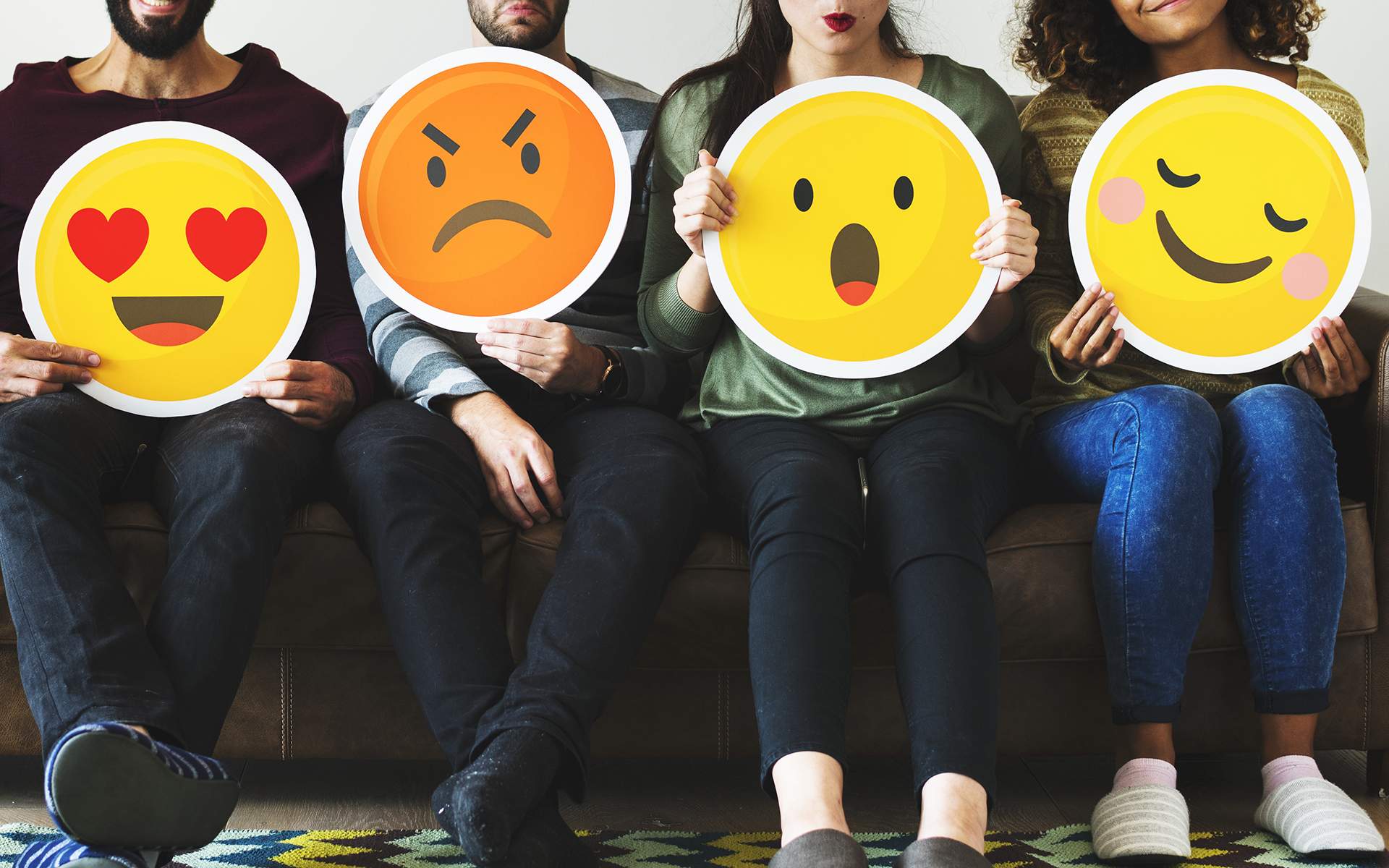While in the throes of uncertainty, each of us can play a role in supporting the demand for change—not by ignoring our feelings, but by facing them head on.
Jonathan F.P. Rose, cofounder of the Garrison Institute, recently spoke with David Simas, CEO of the Obama Foundation, about how compassion can support change, how we can meet moments of suffering, and how to take strategic action.
Simas holds a BA in political science from Stonehill College and a JD from Boston College Law School. He also serves on the national board of directors of OneGoal, an organization working to address barriers to college graduation for students from disadvantaged backgrounds.
Rose’s business, public policy, and not-for-profit work focus on creating a more environmentally, socially, and economically responsible world. He serves on the Garrison Institute’s Board and leads its Pathways to Planetary Health program.
Turning Anguish and Anger into Action
“The hopefulness in this moment is seeing people taking moments of anguish and turning them into moments of action,” Simas says. “That’s the place where anguish and anger are important.”
These emotions are a real part of the experience of injustice and cannot be minimized. Simas says it’s normal to encounter anger, fury, even despair. Our first reactions are either to fight these feelings or fuse with them. Neither produces a beneficial outcome.
“If you fight [anger] it will come back even stronger,” Simas says. And if you fuse with these emotions and identify with them, they will inhibit you from moving forward and taking action. Instead we must face our anger and assess it, he says.
“This is a moment that we are in collectively,” Simas says. “Don’t turn away from it, face it. Don’t just identify with it; work in it.”
How to Take Strategic Action
We are now in a space between a collective moment of anguish, anger, and recognition and pausing to ask ourselves, What do we do now?
Simas’ main message is to act strategically and in ways that will build toward a defined outcome.
“In order to move forward, you need to call out the injustice and those who did it, but you also need to recognize where they are allies.” Simas says. He offers two examples of how our feelings can fuel action—one example that may or may not be effective, and one that he believes is much more likely to lead to progress.
1. Action without demands
In this scenario, 500 people gather to march to a local precinct. They protest without a list of demands, names of the attendees are not captured, and a follow-up to their actions does not occur.
Awareness was raised as a result, and a sense of discomfort was introduced. The question now is: “Where does action flow strategically through that?” Simas says.
2. Action with specific demands
In a similar scenario to the first, people march to a local precinct with a list of specific demands related to the use of chokeholds and police review boards. The names of the people who participated in the protest are collected. In the aftermath, a list of follow-up actions are outlined.
“Now, if you are the elected official in those two scenarios, there are two very different reactions,” Simas says.
The difference in this example is that the actions are taken to bring people together with a common goal: to change the use of chokeholds in policing. The difference also lies in the need for elected officials to make decisions on clear actions that have been requested.
Listen to the whole conversation between Johnathan F.P. Rose and David Simas here.
Learn more about the Mindful Cities initiative and Mindful Flint.
read more
How Compassion Gives Us the Stability to Take Wise Action
Point of View Podcast Episode 5: A conversation with Frank Ostaseski about finding the inner resources to meet the impossible in extraordinary ways.
Read More
Being Mindful and Compassionate in Tough Conversations
In this episode of Radically Loved with Rosie Acosta, Mindful Editor Anne Alexander discusses the importance of patience and how to engage in meaningful dialogue.
Read More
Making Friends with Difficult Emotions
Cultivating a clear awareness of our inner world during moments of strong emotion is a powerful, portable way to step back from the activation, find our calm, and discover a right way forward.
Read More











